Finding the right shoe size can be tricky, especially for wide feet. It’s about getting a fit that’s comfortable and doesn’t squeeze or pinch, so you don’t end up with shoes that feel tight all day.
In this guide, we're diving into what it means to have wide feet, how to determine your own foot width at home, and why knowing your foot’s true size can be a game-changer for your comfort and foot health.
Ready to find your best fit? Let's step right in!
What does it mean to have wide feet?
Having wide feet means your foot’s breadth — side to side — is greater than average for people with the same foot length. It’s about how your foot shape influences your shoe choice and overall comfort, not just following the usual norms.
Wide feet often don’t fit well in standard shoes, leading to blisters, aches, and possibly more serious issues like bunions or hammertoes. By recognizing and accommodating your foot width, you’re not just opting for comfort — you’re stepping toward better foot health.
Are there signs that indicate wide feet?
You now know what wide feet are and the issues a poor fit can cause. But how can you tell if your feet are wide before facing blisters and discomfort?
Here are some clear signs to help you identify wide feet:
Tight fit in standard shoes
If you frequently find that standard shoes feel overly snug, particularly around the forefoot or toe box, it might be a clue that your feet are wider than average.
Overlapping or crowded toes
When your toes feel bunched up or overlap each other in your shoes, it’s often because the width of the shoe isn’t accommodating your natural foot shape.
Marks and indentations
After taking your shoes off, if you notice red marks, indentations, or even slight bruising on the sides of your feet, it’s likely that your shoes are too narrow.
Frequent blisters and calluses
These are your foot’s response to pressure and friction — common consequences of shoes that don't fit properly width-wise.
How Can I Determine My Foot Width at Home?
Measuring your foot width is simpler than it sounds, and yes, you can absolutely do it yourself with just a few household items.
Here’s how:
- Set the stage: Grab a sheet of paper, a pen, and a measuring tape or ruler.
- Trace and measure: Stand on the paper and trace around your foot with the pen held straight, not angled inwards. Focus on getting a clean outline.
- Find the widest point: Measure across the widest part of your tracing, typically right across the ball of your foot.
- Compare both feet: Since feet are rarely the exact same size, make sure to measure both and go by the measurements of the larger foot when picking shoes.
This simple DIY fit-check not only helps you buy the right shoes but also avoids common issues with new footwear. There's nothing like the comfort of shoes that feel custom-made for you.
What do my foot measurements mean?
Now that you've traced and measured, use those numbers to guide your shoe shopping for a better fit.
Generally, foot widths fall into several categories:
- Narrow (B or N): Your measurement is smaller than the standard width for your shoe size.
- Medium/Standard (D or M): Your measurement matches the standard width for your shoe size.
- Wide (E or W): Your measurement is slightly larger than the standard width for your shoe size.
- Extra Wide (EE or WW): Your measurement significantly exceeds the standard width for your shoe size.
For instance, imagine you’re a size nine, and your foot width measures around four inches. Peeking at a typical width chart, you’d find yourself firmly in the "Wide" territory since a standard width for your size hovers closer to three and a half inches.
How to use your measurements to choose the right shoes
Now that you've mastered measuring your foot width at home, you're all set to translate those numbers into the perfect fit.
Here's how to navigate your options and ensure you make the best choice for your feet.
Align your measurements with size charts
Start by comparing your measurements against available size charts online. Most brands will offer a variety of width options — narrow, medium, wide, and extra wide. Making sure your measurements align with these options will greatly increase your chances of a comfortable fit right out of the box.
Compare your measurements to online size charts, which usually include narrow, medium, wide, and extra-wide options, to find a comfortable fit. This will increase your chances of finding the right fit right out of the box.
Consider the material
Materials greatly impact shoe fit and comfort. Choose shoes with flexible materials like soft leather or stretchy fabrics that adapt to your foot for a comfortable fit.
Utilize online reviews and descriptions
Reading reviews and product descriptions will give insight into how shoes fit and how they adapt to different foot widths.
How to keep your new kicks in tip-top shape
Once you've found that perfect pair of shoes, the next step is to keep them looking and feeling as good as the day you brought them.
Here’s how to keep your shoes in pristine condition:
Give them a break
Just like us, shoes need a little downtime. Rotating your shoes and not wearing the same pair every day can significantly extend their lifespan. This rest period allows the materials to air out and return to their natural shape, preventing premature wear and tear.
Clean and condition
Keeping your shoes clean is like keeping your car tuned: it’s not just about aesthetics but performance and longevity. Whether you're dealing with dusty trails or urban puddles, our Kizik Shoe Care Kit has got you covered.
Equipped with Cleaning Foam, Rain & Stain Guard, and a handy Shoe Brush, it’s your go-to for keeping everything from leather to nubuck looking good as new. Regular cleaning not only keeps your shoes looking great, it extends their life by removing harmful residues and preventing material degradation.
Dry them out the right way
Got caught in the rain? No worries. Just remember to let your shoes naturally dry away from direct heat sources. Stuff them with newspaper or a shoe tree to absorb moisture and maintain their shape.
Store properly
When they're not on your feet, keep your shoes in a cool, dry place. If you’re tucking them away for the season, consider filling them with tissue paper to help them keep their shape — just like you’d store your favorite hat or bag with care.
Conclusion
Knowing if you have wide feet is key to finding comfortable, supportive shoes. With the right measurements, you're ready to choose shoes that fit well and enhance your comfort.
Say goodbye to the days of tight, uncomfortable shoes and drop into a shoe where every step feels just right.
Ready to step out in style and comfort? Check out our collection of hands-free slip ons, designed to slip on effortlessly and provide the perfect fit for every foot, wide or not. The perfect fit awaits at Kizik. Step on in!
Sources:
Wide Feet Meaning | Collins Dictionary
Why Good Footwear is So Important for Your Health | CHP


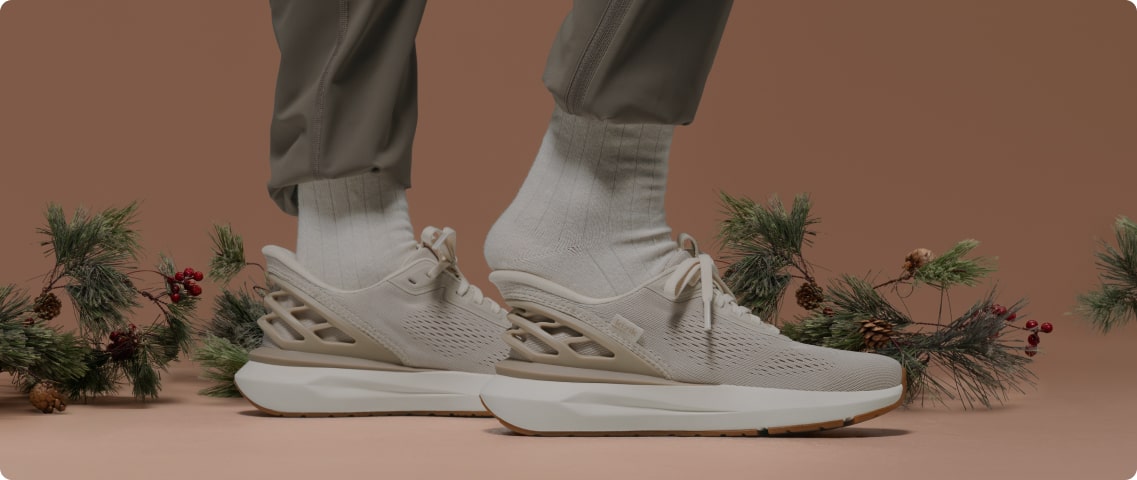
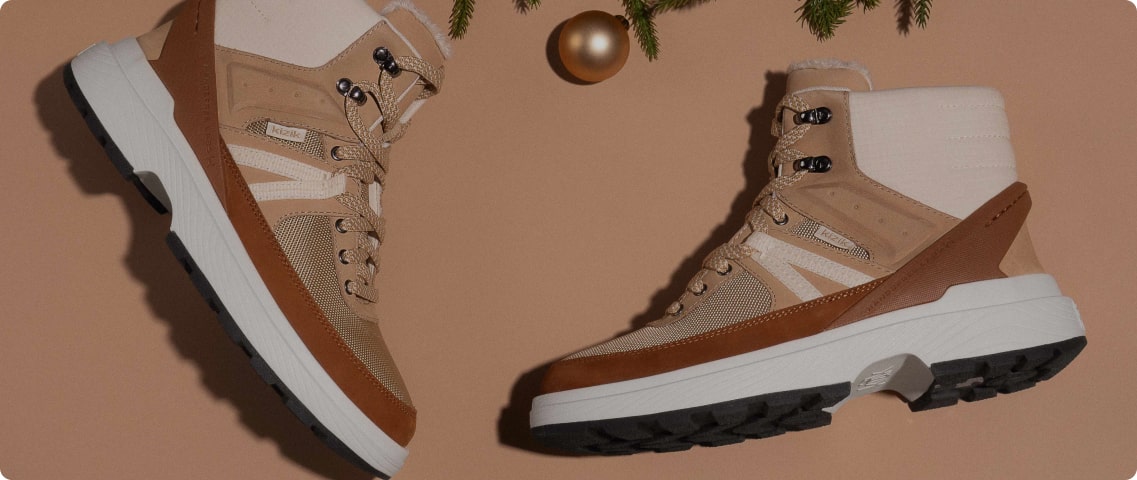
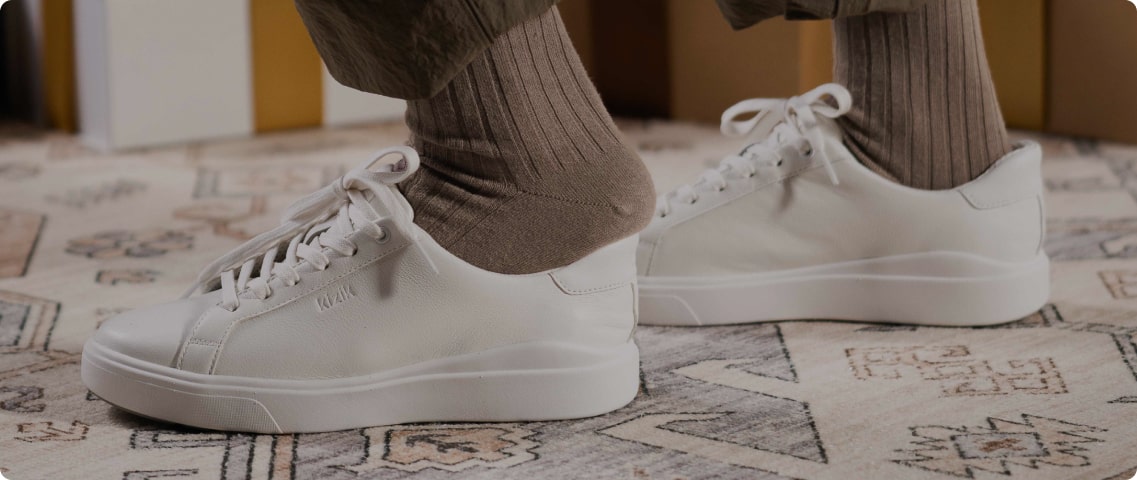
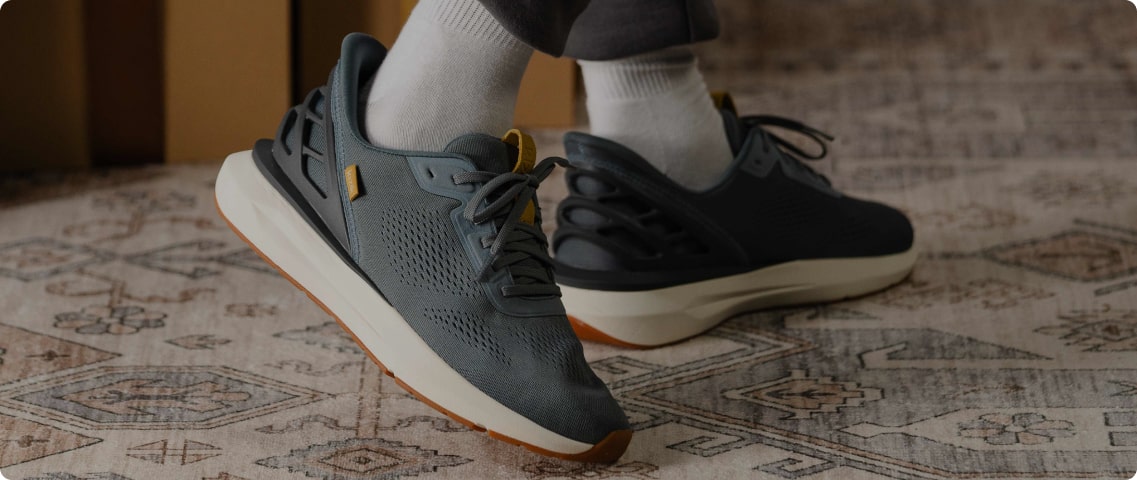
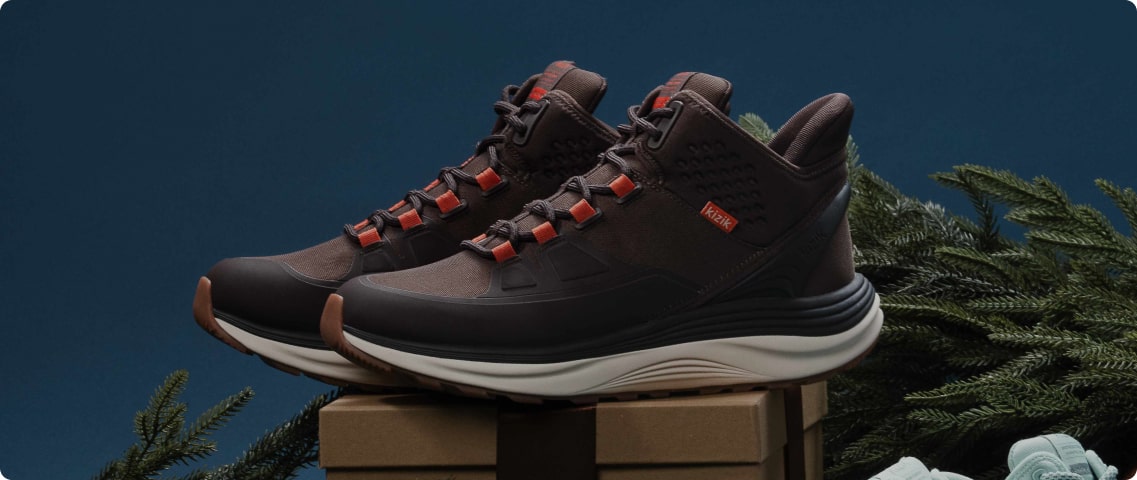
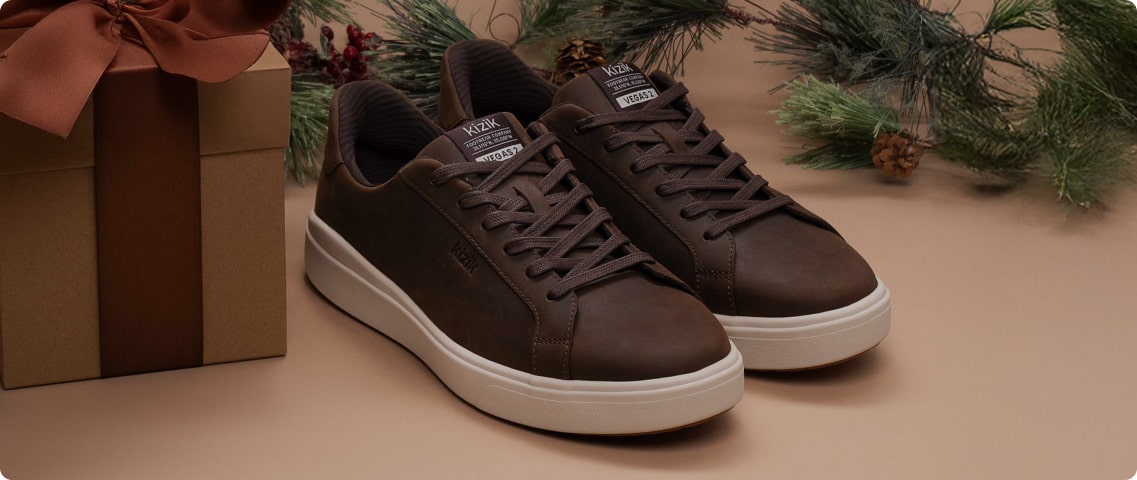
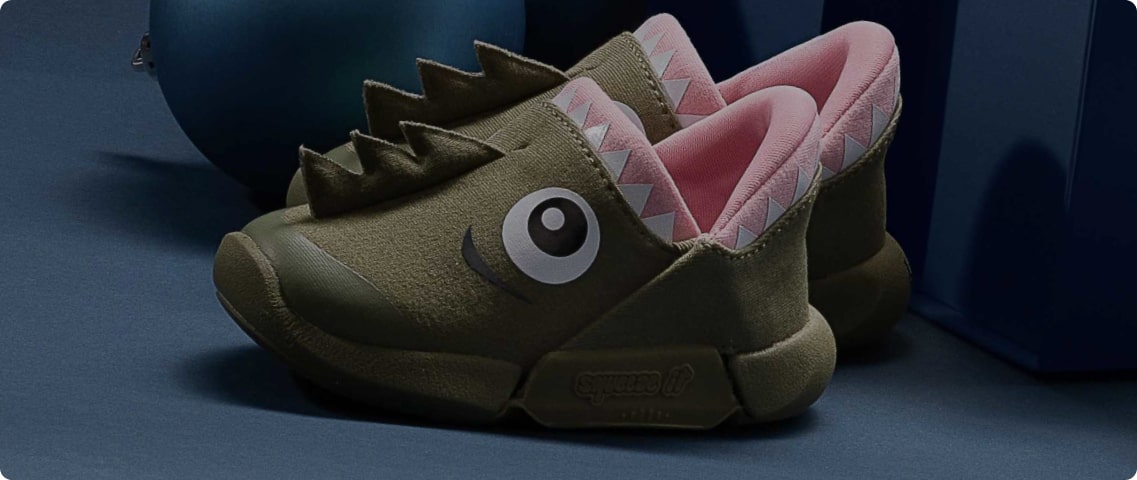
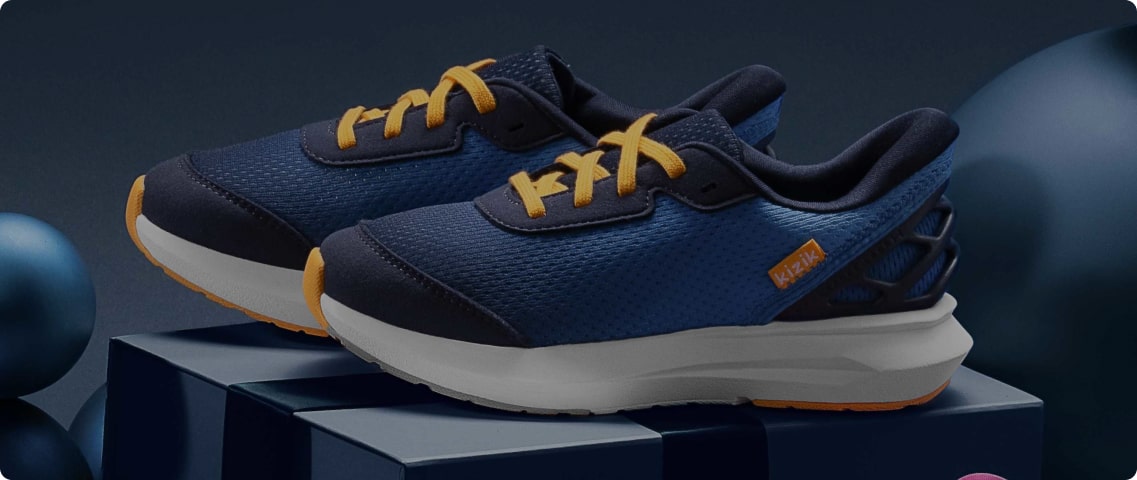
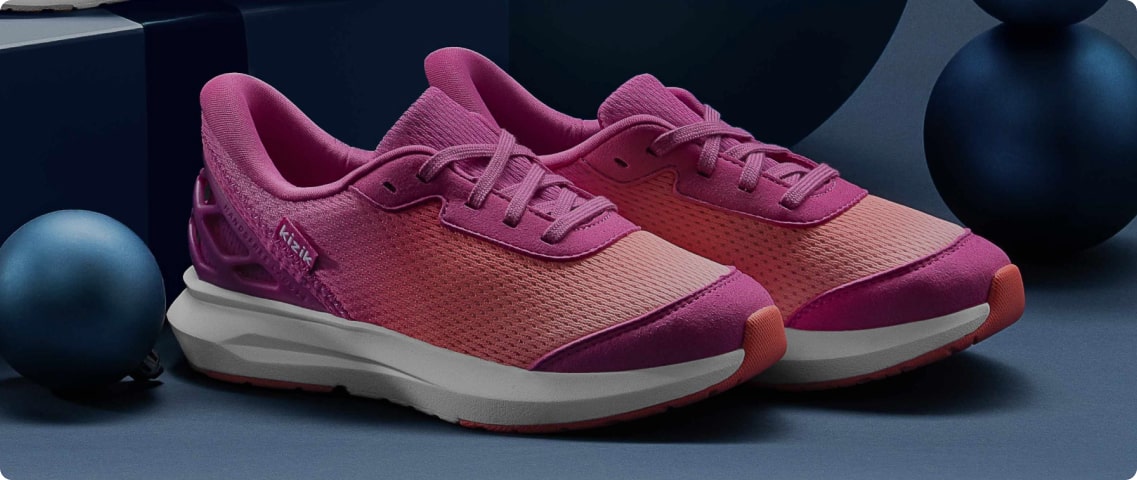




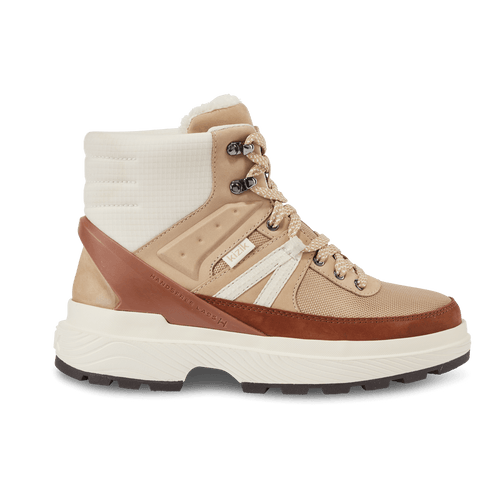
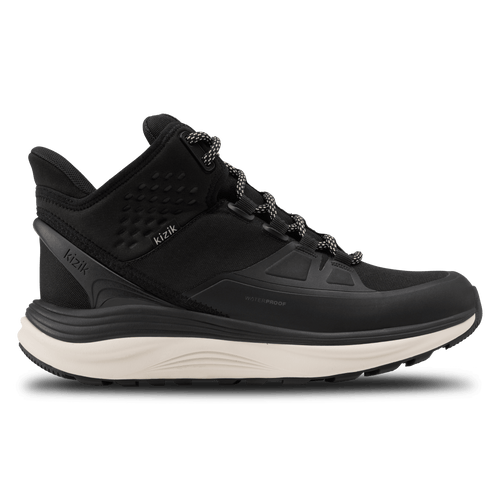





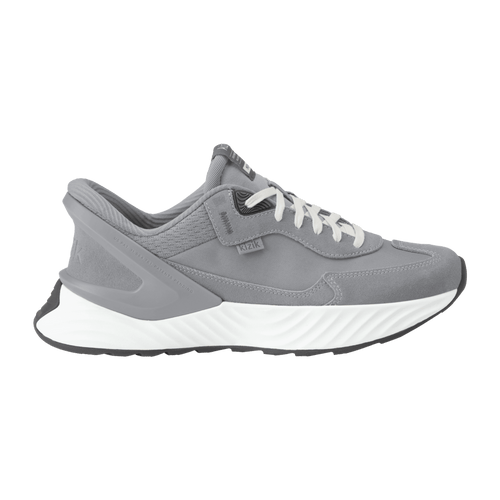


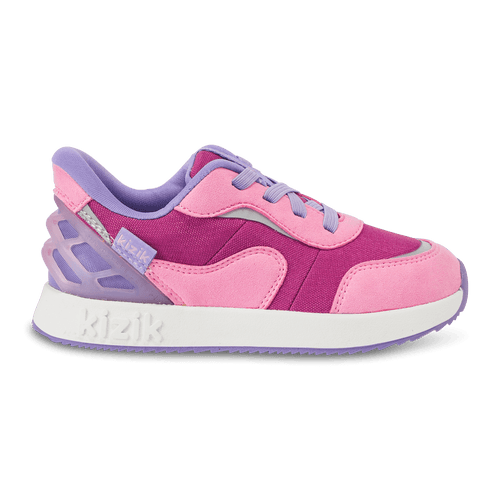


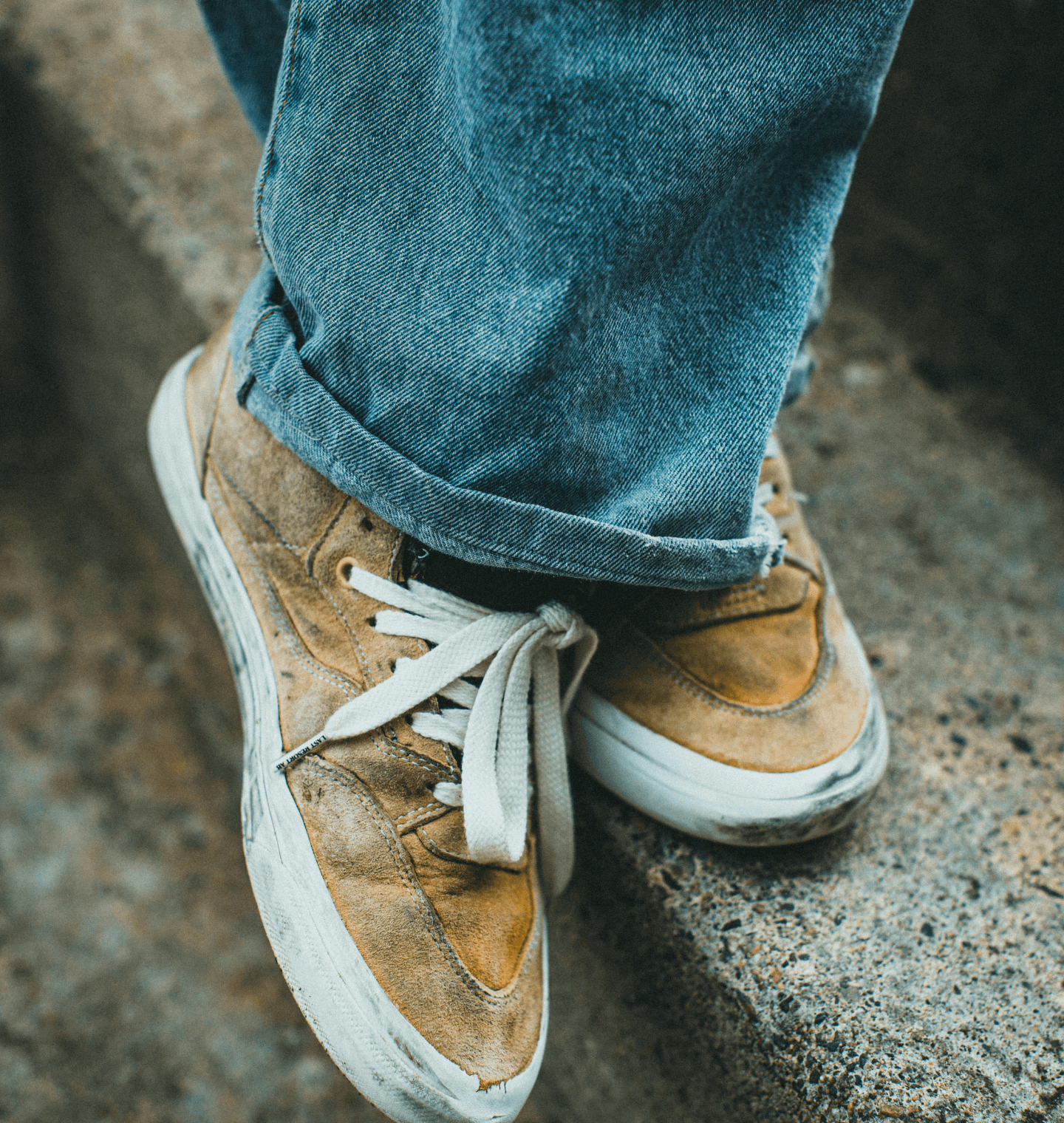

Leave a comment
This site is protected by hCaptcha and the hCaptcha Privacy Policy and Terms of Service apply.